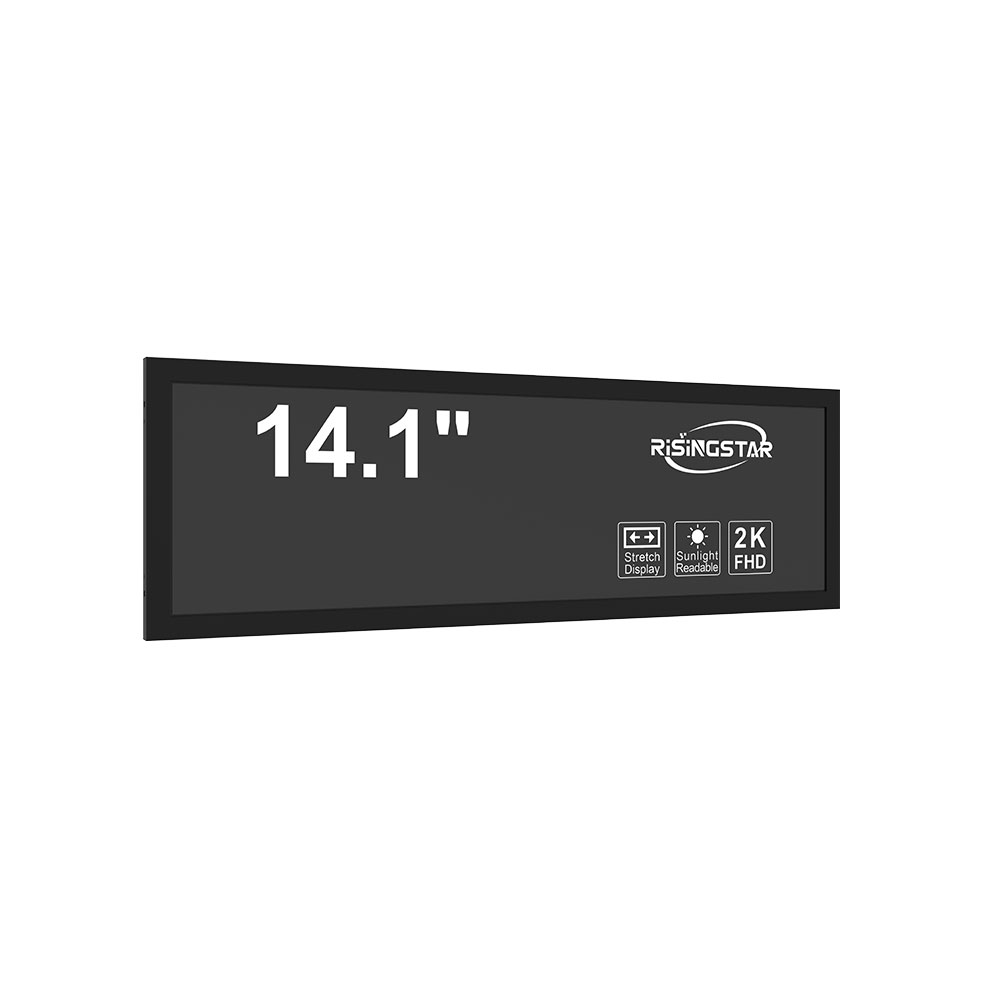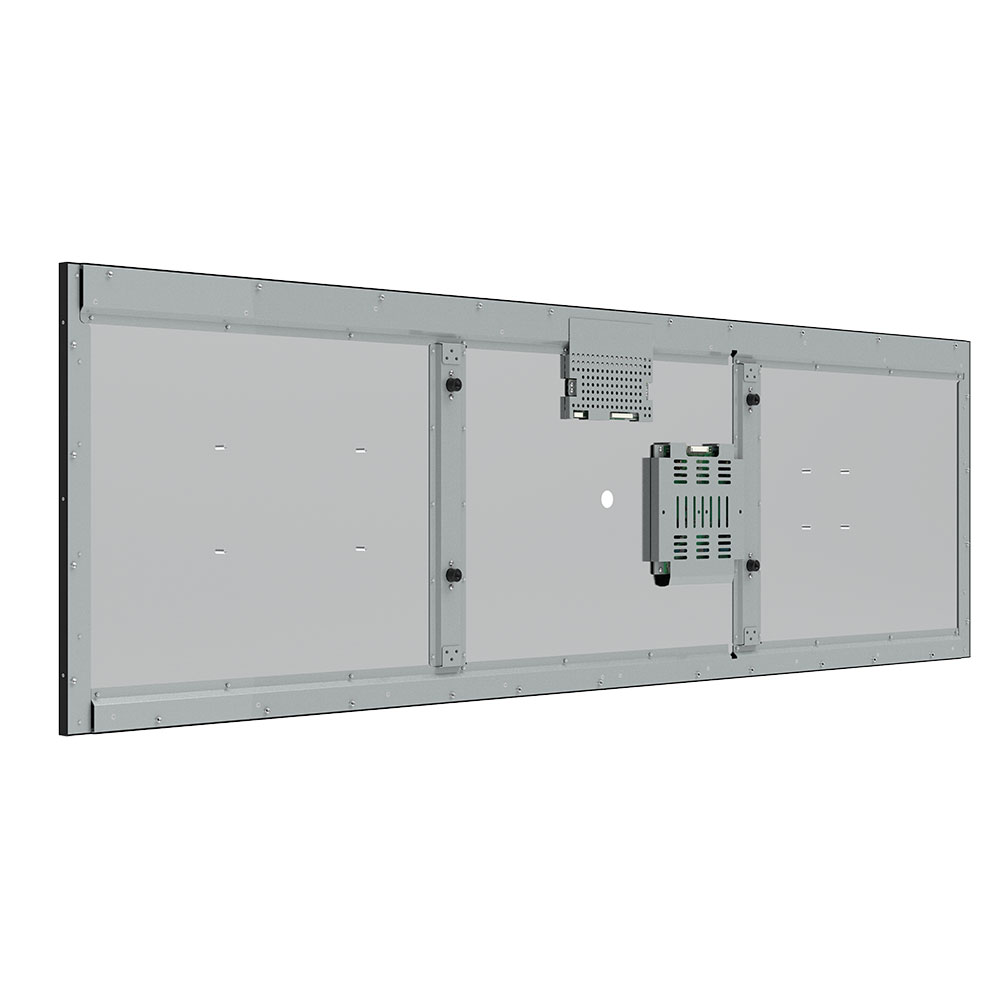- Home
- About Us
- Products
- News
- Video
- Contact
- Send Inquiry
Search
- Home
- About Us
- Products
- News
- Video
- Contact
- Send Inquiry

When selecting an outdoor LCD screen for commercial or industrial use, it is critical to evaluate not only brightness and resolution but also environmental durability, power efficiency, and long-term reliability. Unlike indoor displays, outdoor screens must withstand extreme temperatures, humidity, UV exposure, and physical impacts—factors that directly affect performance and lifespan.
According to the International Electrotechnical Commission (IEC) standard IEC 60068-2, outdoor LCDs should be tested under conditions of -30°C to +70°C operating temperature ranges. Leading manufacturers such as LG Display and BOE have implemented IPS (In-Plane Switching) panel technology with enhanced backlight systems that deliver up to 5,000 nits of brightness—far exceeding typical indoor screens at 500 nits. This ensures visibility even under direct sunlight, a key requirement for digital signage in retail, transportation hubs, and public spaces.
For industrial applications like construction sites or oil refineries, IP65 or higher ingress protection ratings are essential. These ratings guarantee resistance to dust and water jets, preventing internal component damage. Additionally, ruggedized enclosures made from aluminum or polycarbonate materials improve thermal management and reduce risk of overheating—a common failure point in poorly designed outdoor units.

Power consumption matters too. Energy-efficient LED-backlit panels with intelligent brightness control (ABC) can reduce energy use by up to 40% compared to older CCFL-based models. This aligns with global sustainability goals and lowers operational costs over time—an important consideration for large-scale deployments.

Maintenance and support are often overlooked but equally vital. Look for vendors offering remote diagnostics, modular design for easy repairs, and multi-year warranties (typically 3–5 years). Case studies from companies like Samsung and Sharp show that proactive monitoring systems reduce downtime by 60% in high-use environments such as airports and stadiums.
Finally, integration with existing infrastructure—such as cloud-based content management systems (CMS)—is crucial for scalability. Modern outdoor LCDs now commonly support 4G/5G connectivity, allowing real-time updates without on-site intervention.
In summary, choosing the right outdoor LCD requires a balance of technical specifications, environmental resilience, and long-term value. It’s not just about buying a screen—it’s about investing in a durable, future-proof solution for demanding outdoor environments.